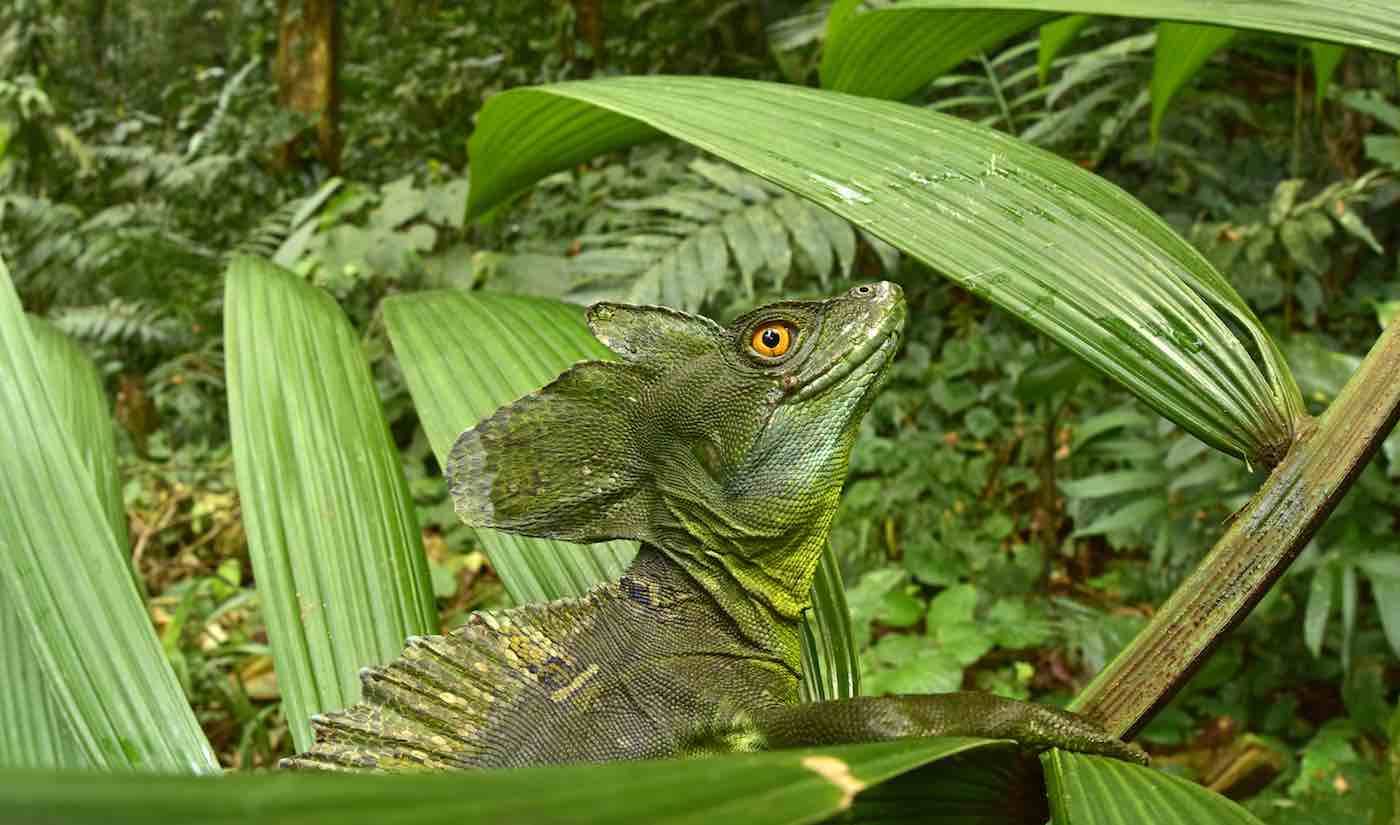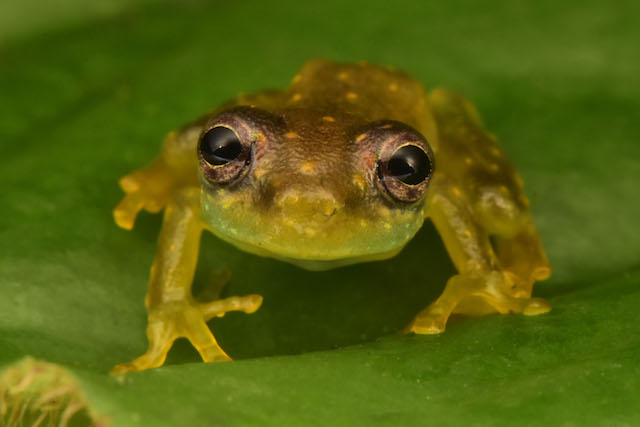
A swat team of scientists visited a “lost city” buried in the jungles of Honduras – and they were amazed by the sheer amount of biodiversity that they discovered.
In 2017, researchers from Conservation International conducted a research expedition that lasted three weeks after the discovery of ancient ruins at a site located deep within the Mosquitia rainforest also known as the “Lost City of the Monkey God” or “White City.”
Since the rainforest is still one of the most unexplored areas of Central America, the team hoped to shine a light on the ecological state of the region.
The organization published a full report of their findings this week. It describes how the ancient settlement is encompassed by a pristine, thriving ecosystem teeming with rare and extraordinary species, including new species and species once believed to be extinct.
In total, the scientists documented 198 species of birds, 94 of butterflies, 56 of amphibians and reptiles, 40 of small mammals, 30 of large mammals – such as ocelots, pumas, and jaguars – and a range of plants, fish, rodents, and insects.
Some of the more notable findings included a tiger beetle, that had only ever been recorded in Nicaragua and was believed to be extinct; and the false tree coral snake, that hadn’t been reported in Honduras since 1965.
Conservation International hopes that their findings will now help to implement additional conservation measures to help to protect the region from deforestation.

Red-eyed tree frog – Trond Larsen / Conservation International

Plumed basilisk – Trond Larsen / Conservation International

Morpho butterfly – Trond Larsen / Conservation International

Glass frog – Trond Larsen / Conservation International

Eyelash viper – Trond Larsen / Conservation International

Tiger beetle – Trond Larsen / Conservation International

Worm salamander – Trond Larsen / Conservation International
Image credits: Goodnewsnetwork.org












COMMENTS